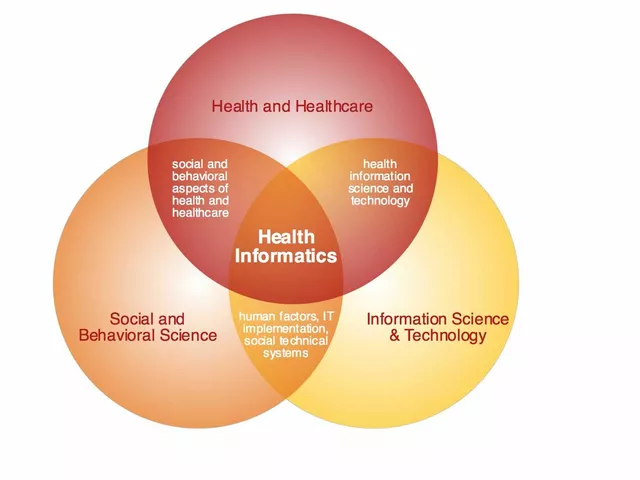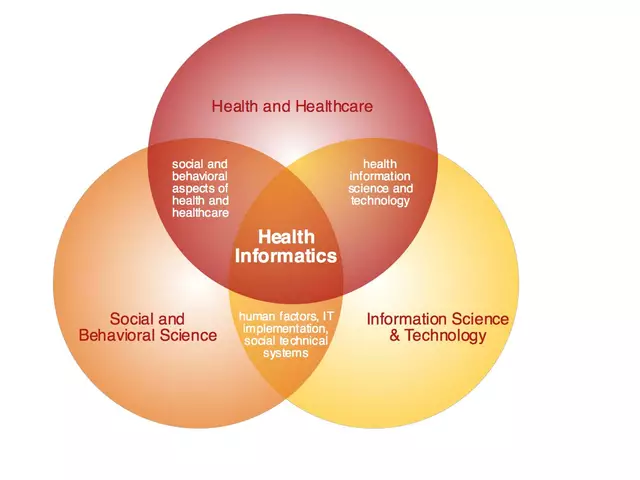A Comprehensive Guide to Understanding the US Healthcare System
The US healthcare system is one of the most complex in the world, so understanding it can be a daunting task. To help navigate this intricate system, this guide will provide a comprehensive overview of how the US healthcare system works and how you can get the most out of it.First and foremost, it’s important to understand who is responsible for providing healthcare in the US. The government is the primary provider of healthcare, but most healthcare services are delivered through private insurers. Private insurance companies, such as Medicare, Medicaid, and the Children’s Health Insurance Program (CHIP), offer plans to individuals, families, and employers. These plans typically cover doctor visits, hospital services, prescription drugs, and other medical services.
The Affordable Care Act (ACA) is a key part of the US healthcare system. The ACA was passed in 2010 and is designed to expand access to health insurance coverage, reduce healthcare costs, and improve the quality of care. The ACA includes measures such as expanding Medicaid, providing subsidies for individual health insurance plans, and creating health insurance marketplaces.
In addition to the ACA, the US healthcare system also includes various government programs and services. For example, Medicare and Medicaid are government-funded programs that provide health insurance coverage for those who are elderly or have a low income. Other government programs and services include the Veterans Health Administration (VHA), the Indian Health Service (IHS), and the Federal Employees Health Benefits Program (FEHBP).
Finally, there are numerous private healthcare organizations that provide healthcare services in the US. These include private hospitals, health maintenance organizations (HMOs), preferred provider organizations (PPOs), and independent practice associations (IPAs). Each of these organizations offers different services and plans, so it’s important to understand the differences between them before selecting a provider.
Understanding the US healthcare system can be a complex task, but this guide provides a comprehensive overview of the system and how it works. From government programs, to private insurance plans, to private healthcare organizations, there are a variety of options available for those looking for healthcare coverage. It’s important to do your research and find the best plan for your needs.
Exploring the Pros and Cons of the US Healthcare System
The US healthcare system is a complex system that can be difficult to navigate, but it's important to understand how it works and the pros and cons of the system. In the United States, the government provides both public and private health insurance options, and it is up to individuals to choose the coverage that best fits their needs.The pros of the US healthcare system are that it is relatively affordable, and it provides access to medical care for individuals who may not be able to afford it otherwise. Additionally, the US healthcare system is constantly evolving to meet the needs of its citizens, with new treatments, technologies, and policies being introduced regularly.
On the other hand, the cons of the US healthcare system are that it is complicated and can be difficult to navigate. Additionally, the cost of healthcare can be expensive, and some individuals may not be able to afford the coverage they need. There is also the issue of inequality in access to healthcare, as some individuals may not have access to quality care due to their socio-economic status.
It's important to understand the pros and cons of the US healthcare system before making any decisions about your healthcare coverage. While it can be difficult to navigate, understanding the US healthcare system is essential for individuals who want to make sure they have access to the care they need.
Examining How Different States Approach the US Healthcare System
The United States healthcare system is a complex and varied one, with each state having its own approach to providing care for its citizens. It is important to understand how different states approach healthcare in order to be able to make informed decisions when navigating the system.One of the most important aspects of the US healthcare system is the way that each state regulates the health insurance market. Many states have opted to set up their own health insurance exchanges, while some have chosen to join the federal health insurance exchange. It is important to understand the differences between these two approaches in order to make an informed decision about which plan is right for you.
In addition, each state has its own laws and regulations regarding how health care providers and facilities operate. Some states have specific requirements for health care providers, such as mandatory training or certification. Other states have more relaxed regulations, allowing for a wider variety of providers and services. It is important to research the laws and regulations in your state to ensure that the health care providers you are considering are meeting all of the necessary standards.
Finally, it is important to understand the different types of insurance policies available in each state. Some states offer Medicaid for low-income individuals, while others may have more comprehensive insurance policies. It is important to know what type of coverage is available in your state, as well as the cost of the different policies.
Navigating the US healthcare system is a complex and daunting task. However, by understanding the different approaches taken by different states, you can make an informed decision about the best healthcare option for you and your family.





